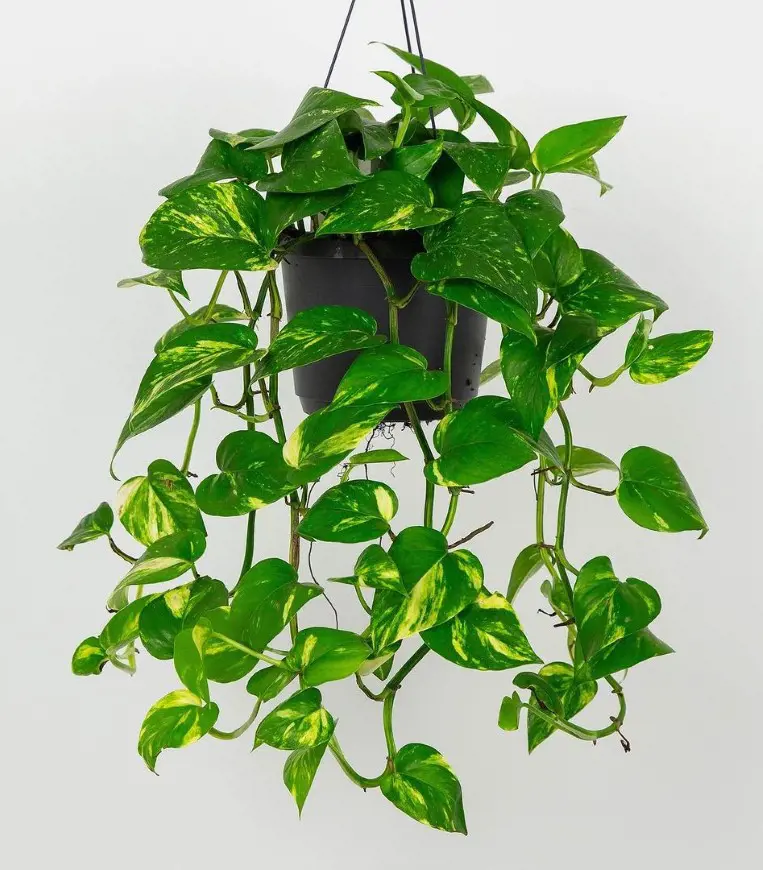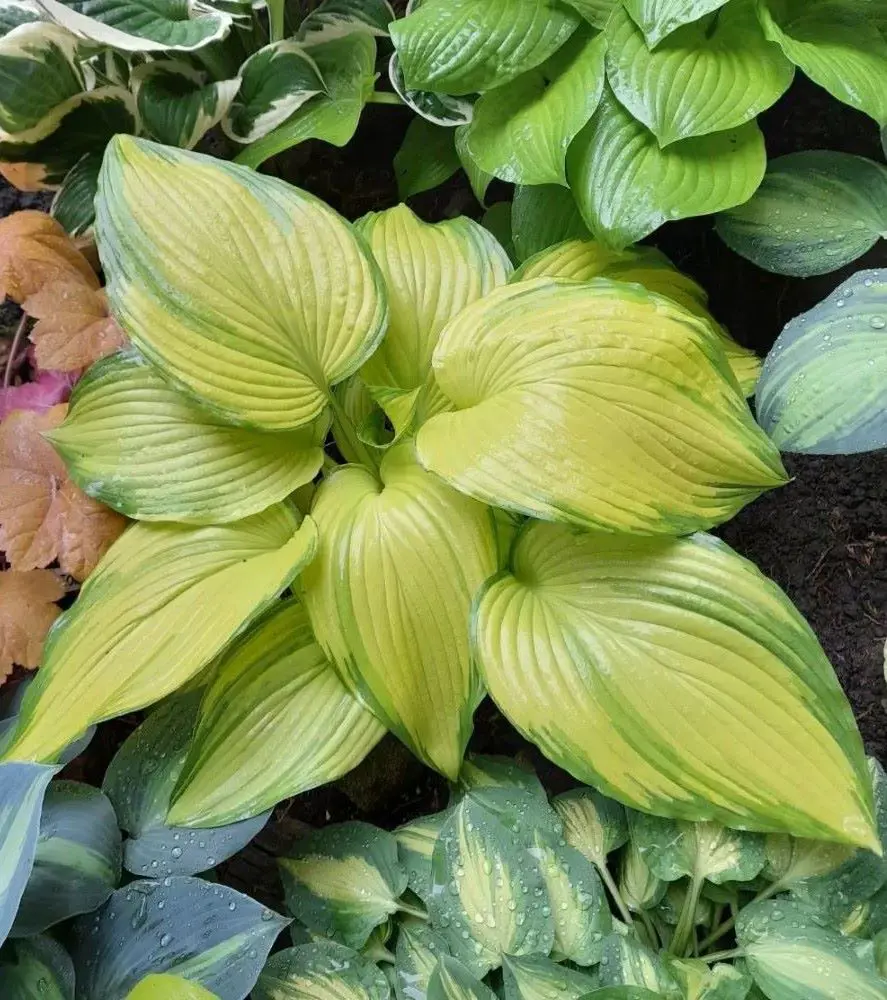Lemon Tree Care Tips For Plant Enthusiasts

This post may contain affiliate links. If you make a purchase through links on our site, we may earn a commission.
Lemon trees are not only beloved for their vibrant, fragrant blossoms but also for the zesty and refreshing fruits they bear. For plant enthusiasts eager to cultivate these citrus wonders, proper care is paramount to ensuring their well-being and productivity.
Whether you're nurturing a lemon tree in your backyard or tending to one indoors, mastering the essential care tips is the key to fostering a healthy, thriving plant. In this guide, we'll delve into the fundamental aspects of lemon tree care.
About Lemon Tree

Lemon trees are more than just providers of delicious citrus; they're vibrant companions that bring beauty, fragrance, and a touch of the tropics to any space. Native to Southeast Asia, lemon trees have been cultivated for centuries, prized for their fruit and medicinal properties.
Over 150 varieties exist, each with unique characteristics like size, fruit color, and flavor. Some of the basic features of the lemon tree are listed below:
- It is relatively easy to care for with proper knowledge.
- Glossy, oval-shaped leaves with a vibrant green color.
- Thrives in full sun, well-drained soil, and a moderate temperature.
- Can be grown indoors with adequate light and humidity control.
- Oval-shaped lemons with rinds ranging from bright yellow to greenish-yellow.
- Evergreen shrubs or small trees, reaching 3-6 meters (10-20 feet) in height with proper care.
Lemons are easy-to-grow winter fruits that can be grown in every climate.
How To Take Care of Lemon Tree?

Lemon trees (Citrus limon) are popular among plant enthusiasts for their fragrant flowers and delicious fruits. Proper care is essential to ensure healthy growth and a bountiful harvest. Here are some general tips for caring for your lemon tree:
- Sunlight: 6–8 hours daily; a south-facing window if possible.
- Watering: Wait till the top inch dries, then water deeply. Avoid soggy soil.
- Temperature: ️ 65-75°F (18-24°C); avoid drafts and extremes.
- Humidity: Mist leaves or use a pebble tray for extra moisture.
- Soil: Choose a well-draining mix; avoid overpotting.
- Fertilizing: Feed during growth (spring or summer) with a half-strength citrus fertilizer.
Now, let us delve into the care tips for lemon trees, both outdoors and indoors.
Outdoor Lemon Tree

Planting a lemon tree outdoors is an invitation to bask in the vibrant symphony of nature. But unlike their indoor counterparts, these sun-kissed beauties dance to a different tune, requiring specific care to thrive in the open air.
Here's your guide to keeping your outdoor lemon tree flourishing, from choosing the perfect spot to nurturing its thirst for sunshine and rain.
Location

Sunlight is king for lemons. Choose a well-drained, sunny spot with at least 6–8 hours of direct sunlight daily.
Consider factors like wind exposure and ensure the soil isn't too close to building foundations or competing with other plants for nutrients.
Soil

The choice of soil is pivotal for the well-being of outdoor lemon trees. Opt for well-draining soil to prevent waterlogging, a condition that can lead to root rot.
Sandy loam or loamy soils are suitable, and incorporating organic matter, such as compost, enhances soil fertility and structure. The soil should have a slightly acidic to neutral pH range, ideally between 6.0 and 7.5.
Watering
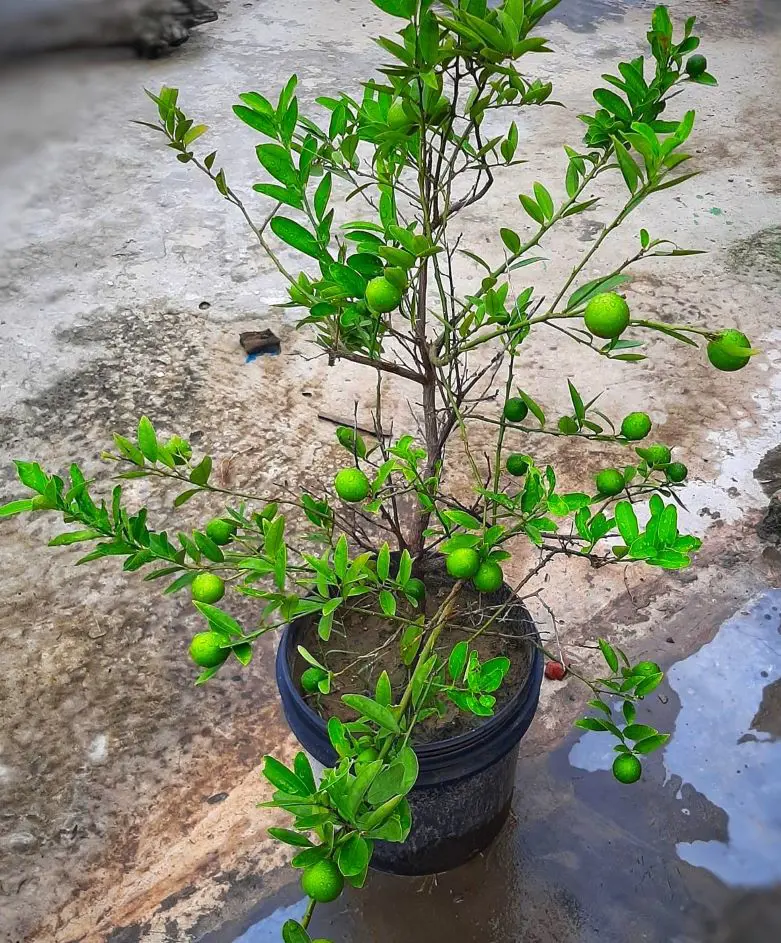
Proper watering is essential for outdoor lemon trees. While they prefer consistently moist soil, it's crucial to avoid waterlogged conditions.
Deep watering is recommended, allowing the top inch of soil to dry out between watering sessions. Adjust the frequency based on weather conditions, with increased watering during dry periods.
Fertilization
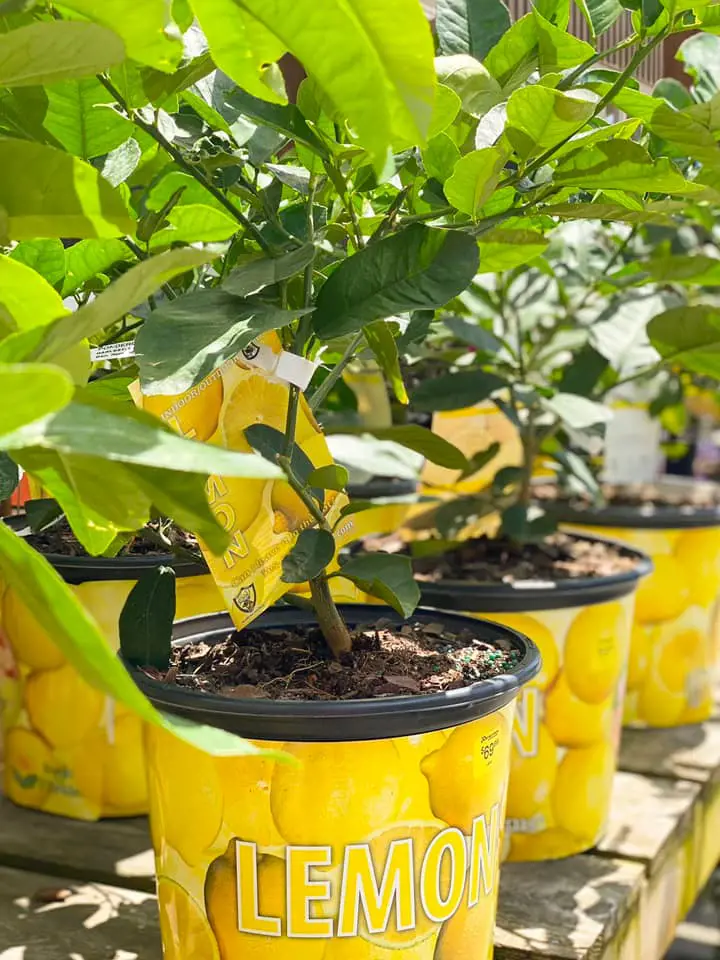
Lemon trees benefit from regular fertilization, especially during the growing season (spring and summer). Choose a balanced fertilizer formulated for citrus trees, as they have specific nutrient requirements.
Apply the fertilizer according to package instructions, taking care not to over-fertilize, as this can lead to nutrient imbalances and potential harm to the tree.
Pruning

Pruning is a key aspect of lemon tree care, serving several purposes. It helps shape the tree by removing unwanted or crowded branches to improve air circulation and sunlight penetration.
Regular pruning also involves the removal of dead or damaged branches. Additionally, removing suckers and low-hanging branches promotes a more robust structure and encourages new growth.
Mulching

Mulching around the base of the lemon tree offers multiple benefits. Organic mulch, such as wood chips or straw, helps retain soil moisture, reducing the frequency of watering.
It also suppresses weed growth, preventing competition for nutrients and water. Furthermore, mulch acts as insulation, regulating soil temperature and protecting the roots from extreme heat or cold.
Pest Control

Regular monitoring of pests is crucial to maintaining the health of outdoor lemon trees. Common pests include aphids, spider mites, scale insects, and citrus leaf miners.
Inspect the tree regularly, particularly the undersides of the leaves, for signs of infestation. Utilize organic pest control methods, such as insecticidal soap, neem oil, or horticultural oil, to address pest issues.
Harvesting

Harvesting ripe lemons is the rewarding culmination of proper care. Wait until the lemons display a vibrant yellow color and a slightly glossy appearance.
Ripe lemons should have a firm texture and yield slightly to gentle pressure. Harvest using pruning shears, cutting the fruit from the tree without causing damage to the branches.
Indoor Lemon Tree

Bringing the sunshine indoors with your own lemon tree is a rewarding experience, but these vibrant beauties require specific care to thrive in a controlled environment.
This guide will equip you with the essential knowledge for keeping your indoor lemon tree healthy and happy, from basking in the perfect light to navigating the delicate dance of watering and feeding.
- Sunlight: Aim for at least 6–8 hours of direct sunlight daily, ideally near a south-facing window. If natural light is limited, supplement with a full-spectrum grow light for 12–16 hours.
- Watering: Allow the top inch of soil to dry before watering deeply until water drains through the pot's bottom.
- Temperature and Humidity: Lemons prefer a comfortable temperature range of 65–75°F (18–24°C). Avoid drafts and cold spots, and keep them away from heating and cooling vents.
- Soil and Potting: A well-draining potting mix is essential. Choose a pot with drainage holes and avoid overpotting.
- Fertilizing: Feed your lemon tree during the growing season (spring and summer) with a half-strength citrus fertilizer every 4-6 weeks.
Some Challenges of Indoor Lemon Tree

Here are some of the challenges of indoor lemon trees, in short:
- Lack of sunlight: Indoor environments often lack sufficient natural light, especially during winter months. This can lead to leggy growth, pale leaves, and fewer flowers and fruits.
- Overwatering: It's easy to overwater an indoor lemon tree, especially in pots with poor drainage. This can lead to root rot, which can kill the tree.
- Underwatering: Conversely, underwatering can also be a problem. This can cause wilting, leaf dropping, and stunted growth.
- Pests and diseases: Indoor lemon trees are susceptible to pests like aphids, mealybugs, and scale insects, as well as fungal diseases.
- Low humidity: Dry air can stress indoor lemon trees and make them more susceptible to pests and diseases.
- Temperature fluctuations: Drafts and sudden temperature changes can also stress indoor lemon trees.
How To Plant a Lemon Tree?

Growing a lemon tree is an enjoyable venture enriched with gratifying outcomes. Start by choosing an appropriate lemon variety that aligns with your climate. Plant the tree in well-draining soil in the spring, making certain it gets abundant sunlight.
There are two main ways to plant a lemon tree: from a seed or a grafted seedling. Here's a quick overview of each method:
Planting from seed

Planting a lemon tree from a seed is a fascinating journey, watching nature unfold from a tiny pit to a vibrant citrus wonder. While it takes patience (up to 5 years for fruit!), the reward of nurturing your own tree from scratch is truly special. Here's a basic roadmap to get you started:
- Pros: It's the most affordable option and can be fun and rewarding to see the tree grow from scratch.
- Cons: It takes much longer to fruit (up to 5 years or more), and the resulting tree might not be true to its parent variety.
Steps:
- Extract a fresh seed from a ripe lemon and clean it thoroughly.
- Soak the seed in warm water for 24 hours.
- Plant the seed in a pot with well-draining soil, about 1 inch deep.
- Keep the soil moist and provide plenty of sunlight.
- Be patient. It can take several months for the seed to germinate.
Planting from a grafted seedling

Bringing the sunshine indoors or enriching your patio with fresh citrus is within reach with a grafted lemon seedling! This method offers a faster route to delicious homegrown lemons compared to planting from seeds. Here's how it works:
- Pros: Fruits mature much sooner (typically within 2–3 years) and are more likely to produce the desired variety of lemon.
- Cons: Costs more than planting from seed.
Steps:
- Purchase a grafted lemon tree seedling from a reputable nursery.
- Choose a pot that is slightly larger than the root ball of the seedling.
- Fill the pot with well-draining potting soil.
- Gently remove the seedling from its original container and place it in the center of the new pot.
- Water the tree deeply and continue to water regularly, keeping the soil moist but not soggy.
- Provide plenty of sunlight and warm temperatures.
Popular Varieties of Lemon Trees
When it comes to choosing a lemon tree, the variety you pick determines not only the taste of your future harvest but also your care requirements and overall experience. Here's a peek at some popular choices and their ideal U.S. regions:
Eureka

This classic lemon, hailing from California, is the most widely grown in the U.S. Its large, oval fruits boast thick rinds and a tart, acidic flavor, perfect for juicing and baking.
Thrive in warm, sunny climates like California, Florida, and Arizona.
Meyer

This sweeter, subtler alternative enjoys widespread popularity nationwide. Its smaller, thin-skinned fruits offer a complex flavor profile with hints of orange and mandarin, making them ideal for fresh eating and marmalades.
Meyer trees, however, are less cold-hardy, thriving in warmer regions like Florida and Texas.
Lisbon

Another California giant, Lisbon lemons, are larger and slightly flatter than Eurekas, boasting a sharp, acidic kick. These heavy producers favor the warm, sunny climate of Southern California and are adored for their tangy juice and bold lemon flavor.
Genoa
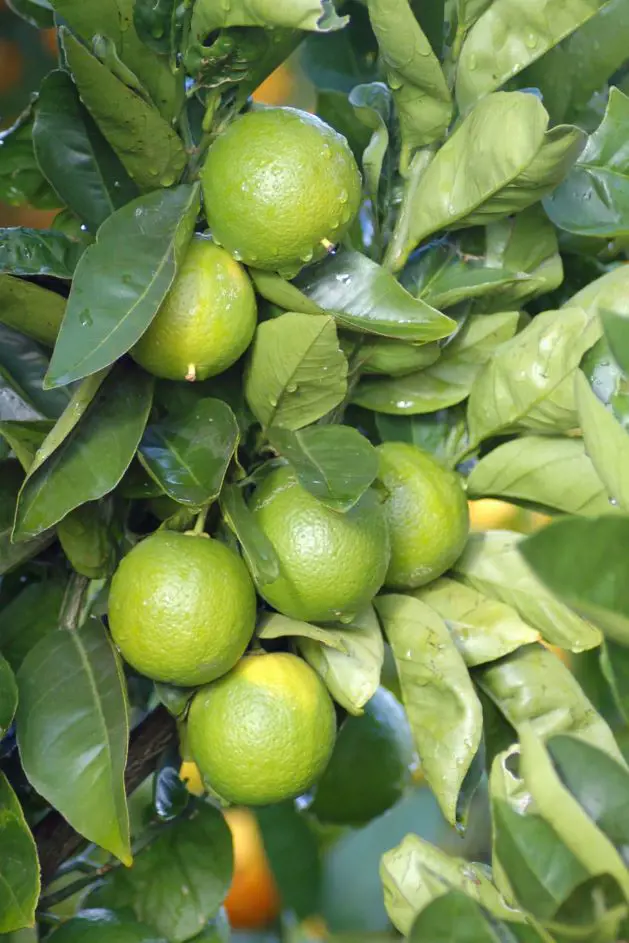
Stepping away from the sunshine, Genoa lemons find their haven in the milder Mediterranean climate of coastal California. Smaller and rounder than their sun-loving cousins, these fruits exude a delicate floral aroma and possess a complex, slightly sweeter taste, making them a gourmet delight.
Ponderosa
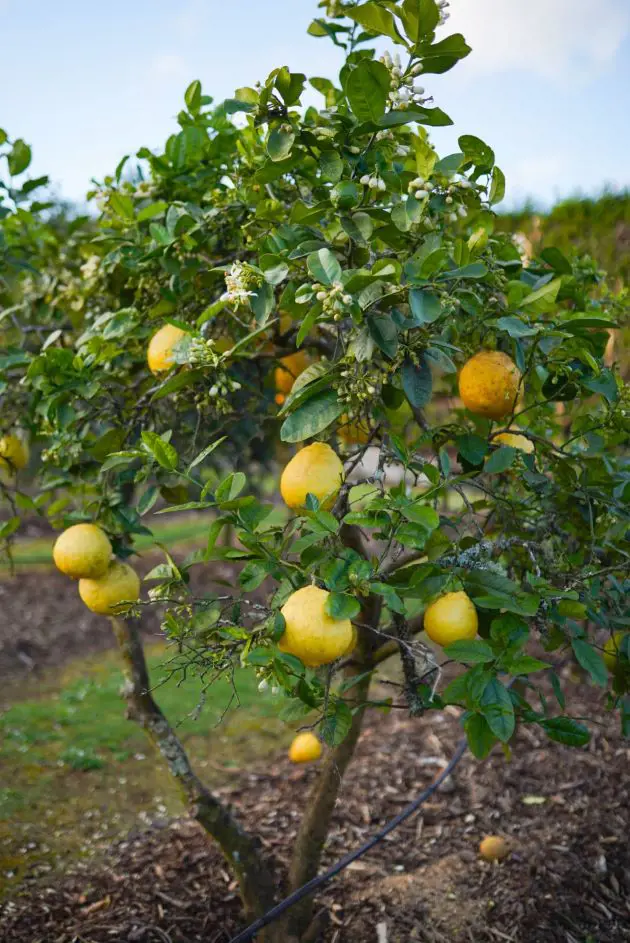
For those seeking colossal citrus, Ponderosa lemons steal the show. Growing up to two pounds each, these behemoths offer a juicy, slightly sweeter pulp compared to Eurekas.
However, their size comes at a price, requiring ample sunlight and warm temperatures, making Florida and Texas ideal homes.
Recent posts
Plant Care
Plant Care
How To Take Care Of An Orchid Plant? 11 Tips And Tricks
If you love gorgeous orchids but are worried they're too high-maintenance, don't worry. This guide is like a cheat sheet for orchid newbies. Forget fancy words and confusing schedules — we're talking about how to take care of an orchid pla...
Plant Care
How To Grow and Care For Peace Lily Plant
The Peace Lily is an indoor plant that is most valued for its beautiful and shiny green leaves as well as the white blooms. Hard and tolerant, it’s naturally a low-maintenance addition to your plant collection. If you are confused, let us tell ...
Plant Care
Pothos Plant Care And Growing Guide
Adding a Pothos plant (Devil’s Ivy) to your home benefits the environment and aesthetic of your personal space. It's easy to maintain and is loved for it's ability to enhance indoor air quality by removing toxins like formaldehyde, benzene, and...
Plant Care
Snake Plant Care and Growing Guide
Snake plants require low maintenance, and low light and are almost impossible to kill, making them a perfect plant for beginners and seasoned gardeners. In this guide, we will explore essential care tips and optimal growing conditions for snake plant...
Plant Care
How To Plant, Grow and Care Majesty Palm
The majestic palm, scientifically known as Ravenea rivularis, makes for a stunning indoor tree with its lush and grand fronds. Originating from Madagascar's river banks, this resilient houseplant is cherished not only for its beauty but also for its ...
Plant Care
How To Grow And Care For A Hosta Plant
Hosta plants are widespread perennials, often grown for their beautiful and diverse foliage. They are extremely easy to care for and can thrive in various conditions, particularly shade or semi-shade. These hardy plants can last for many years and re...


